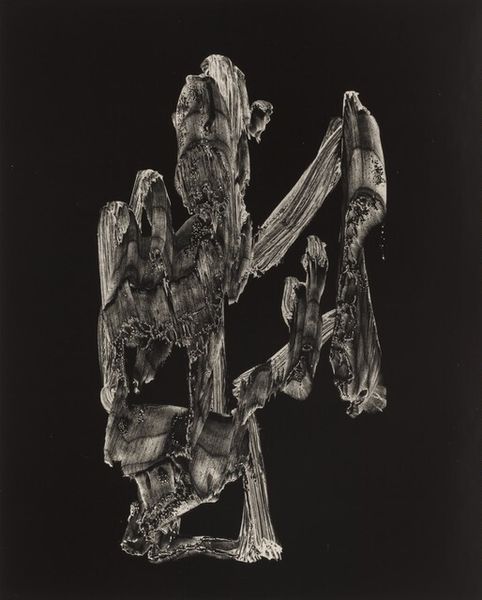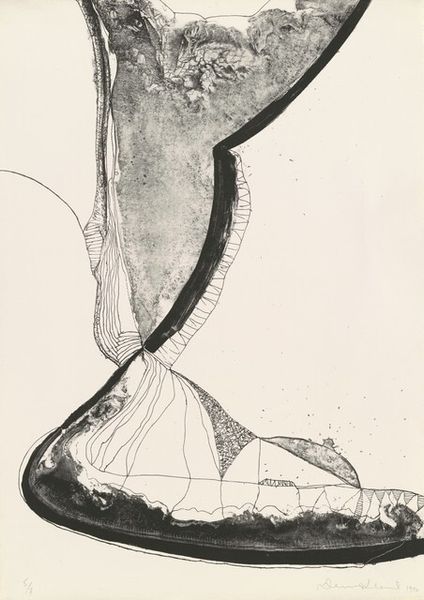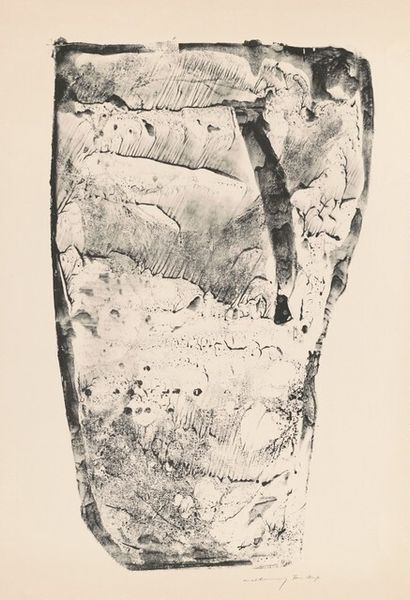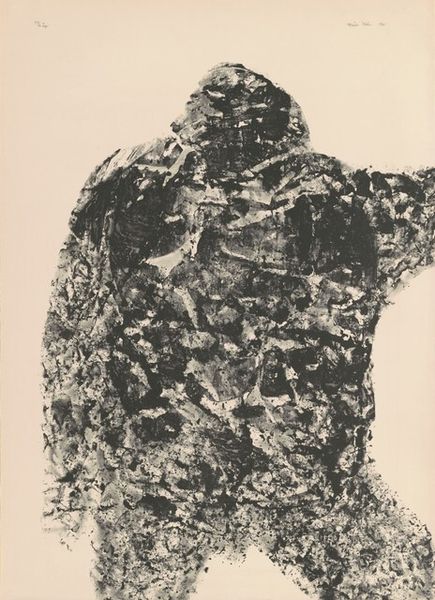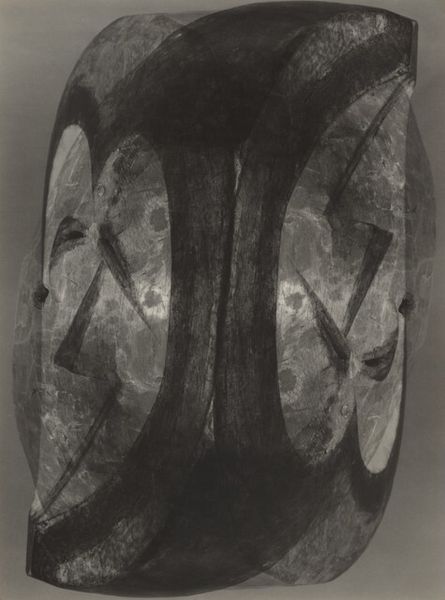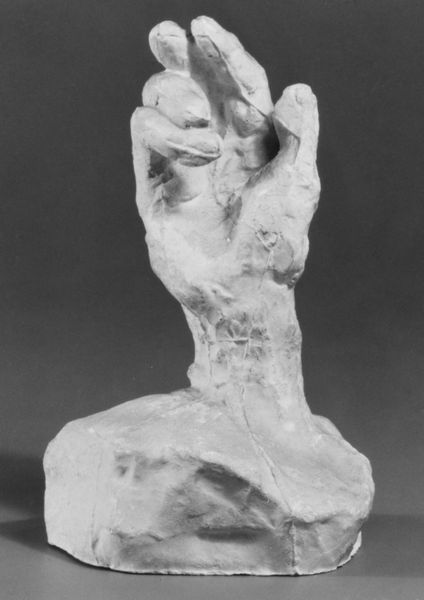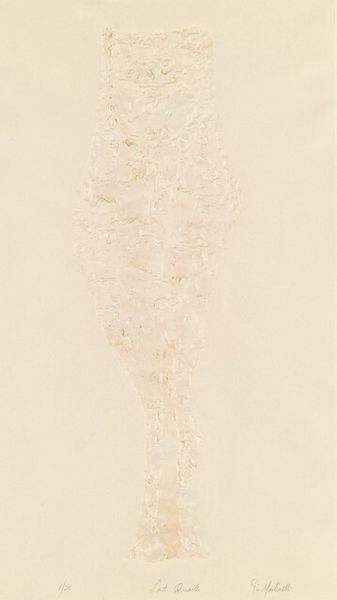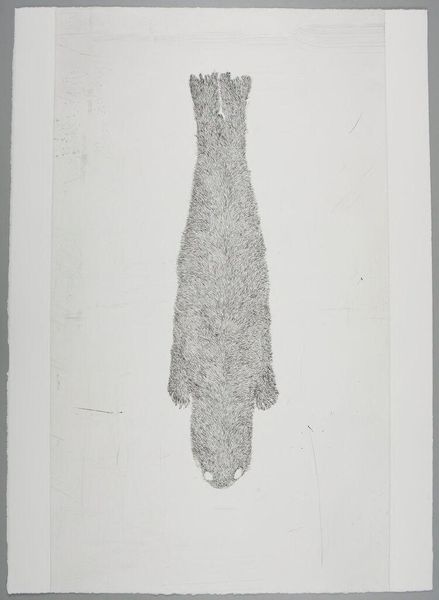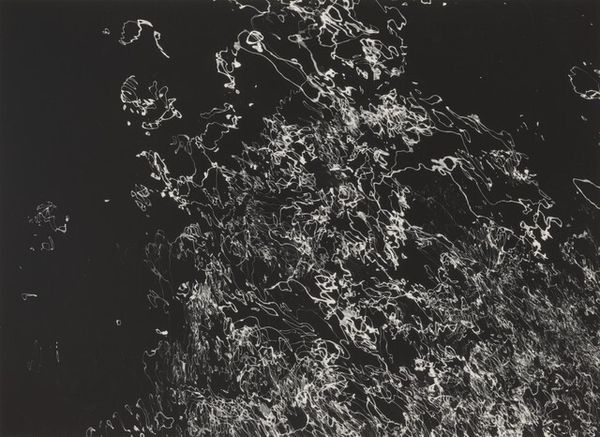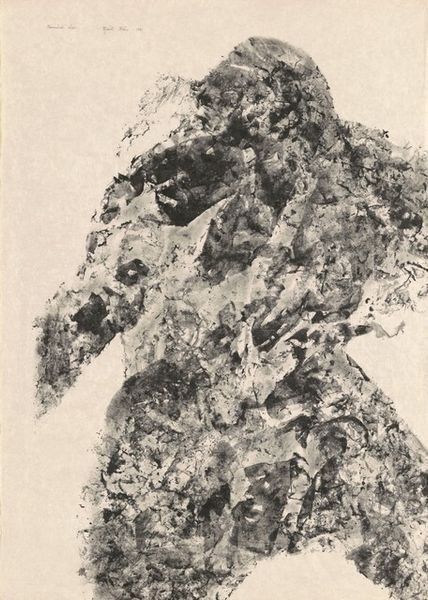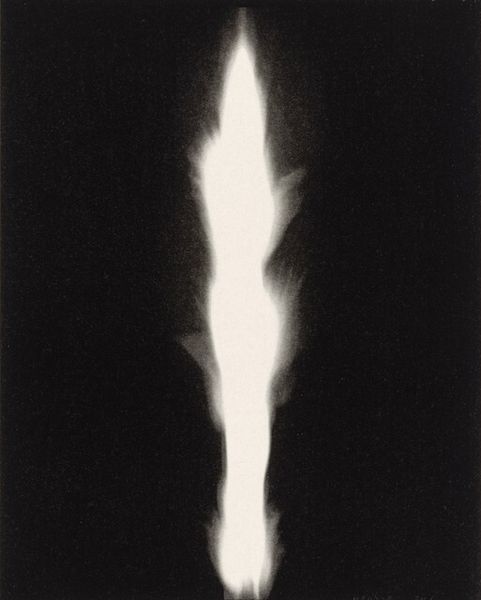
Dimensions: image: 34.8 x 23.3 cm (13 11/16 x 9 3/16 in.) sheet: 35.6 x 28.3 cm (14 x 11 1/8 in.)
Copyright: National Gallery of Art: CC0 1.0
Editor: Harold Edgerton's 1932 photograph, "Water from a Faucet," captures something fleeting, almost invisible. It feels like he’s stopped time itself, rendering this everyday moment into something almost sculptural. What do you see in this piece, and how do you think Edgerton achieved this effect? Curator: It's pure wizardry, isn’t it? Edgerton was a pioneer; he essentially weaponized light. The photograph utilizes very early stroboscopic flash technology, a high-speed flash that freezes motion, allowing us to see the dance of water droplets in exquisite detail. This isn’t just water; it’s liquid sculpture. And against the void of that background! Did he bring water to outer space? Editor: Liquid sculpture—I love that! The composition makes the water almost seem alive, and it is quite contemporary in its concept. Curator: It’s the visual poetry of physics! There's beauty and hidden form everywhere, isn't there? What happens if we truly pay attention to what's mundane and ordinary around us, really pause and *look*? With our human limitation, we can only assume and project what things appear to be... however with this process of freezing action we're gifted an x-ray of reality. What possibilities emerge when those limits cease? It speaks volumes, without ever uttering a word. Almost makes me want to tap-dance on the ceiling, now, or maybe just grab a glass of water! Editor: That makes me appreciate the blend of science and art and Harold Edgerton’s contributions to both fields even more! Curator: Absolutely. He turned the unseen into a breathtaking vision, opening up an exciting way of looking at, quite literally, a whole new world!
Comments
No comments
Be the first to comment and join the conversation on the ultimate creative platform.
